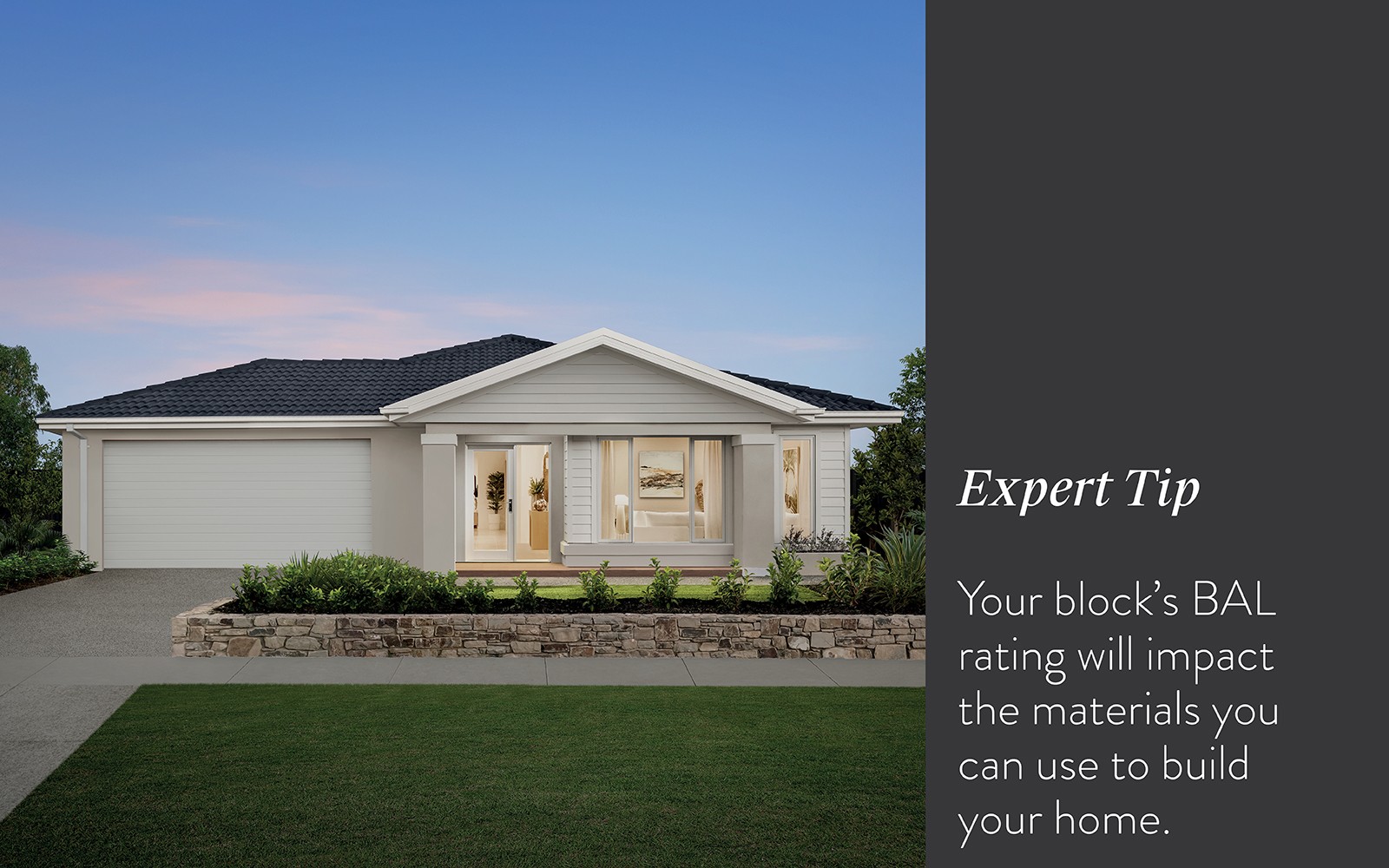Top Building Terms You Need to Know
by Carlisle Homes

If your head is spinning with all the new lingo that comes with building a home, don’t despair – here are the top terms you need to know.
Building a home can feel like it comes with a whole new vocabulary, with phrases and jargon bandied about that leave you scratching your head. At Carlisle, we don’t want you to feel confused at any point in your building journey, so we’ve put together an easy-to-understand glossary of the key terms you’re likely to come across.
You’ll find yourself talking like a pro in no time!
Certificate of title
A certificate of title is a legal document that identifies the owner/s of the block of land.
Title date or titled land
A block’s title date is the official date that the block of land registers.
Soil report
Conducted by a certified engineer, the purpose of the soil report is to get a detailed understanding of the site’s earth conditions, and how these conditions may impact the support and structure of your home. The outcome of your soil report will determine the type of foundation used in your home.

The end result of your building journey will be your very own beautiful home like the Astoria Grand shown here. But before you start, it's important to understand the jargon and building lingo commonly used.
Site survey
A site survey is an examination of your land to establish the position of the proposed construction of your home. The survey identifies the correct orientation and positioning of the house, any obstacles that may need to be removed prior to construction – such as large trees – as well as any other limitations or easements that may burden or benefit your land or the construction of your home.
The site survey also determines the current elevation and slope levels of your land in order to identify which site works will be required to create a level building platform.
Re-establishment survey
The purpose of a re-establishment survey is to reinstate the boundary of a block of land to determine exactly where your property’s boundary lines lie.
Site costs
Site costs are the expenses associated with your specific block in order to prepare your land for home construction. Unless your site costs are fixed*, these expenses will be based on the outcomes of your site survey and soil report.
Fixed site costs*
Fixed site costs are generally optional for clients and can be provided at the start of your sales journey. Fixed site costs remove the risk of any unforeseen costs arising from your site survey or soil report. Your fixed site costs include all associated site costs, any OH&S requirements, council requirements and developer guidelines.

The master suite features a stunning textured feature wall behind the bed in Surround by Laminex, finished off with a boucle bench and statement wall lights over the bedside tables.
What makes this house special?
“The incredible amount of space and versatility it offers, all for a reasonable price,” says Rogers. “The Illawarra Grand Deluxe 45 has been designed for 14 x 28-metre blocks and it has two spacious living areas, a huge meals area opening out to a covered alfresco, an entertainer’s kitchen that flows through into a large walk-in pantry, plus a large powder room and dedicated study on the ground floor.”
“The upper floor comprises a super-sized master suite with a large dressing area and, for the first time ever in a T-Range home, an ensuite with a tiled podium bath so you can enjoy long, leisurely soaks.”
“There are three secondary bedrooms big enough to accommodate a double bed, each with their own walk-in-robe and ensuite – ideal for accommodating grandparents or adult children,” he says.
“If you have school-age children, there’s a brilliant kids’ activity space where they can hang out with their friends or watch TV, and a generous built-in study situated separately to allow for quiet concentration.”
“It’s incredible how much we’ve fitted into this 45-square home without spaces feeling compromised – it really is ideal for a growing family or different generations living together,” he says.

The Illawarra Grande Deluxe 45 features a brilliant kids’ activity space for hanging out with their friends or watching TV. Plus a generous built-in study area allows for quiet concentration.
Crossover
The point at which you access the street from your block. Once your home is complete, this will be the point where you place your driveway. It’s important to know where your crossover will be located as this will impact the position and orientation of your home on your block.
You can find your crossover location on the Engineering Report from your Land Developer.
Building envelope
A building envelope is the maximum space (width, length and height) that your home can occupy on your block. It is determined by your Land Developer.
Bushfire attack level (BAL)
A BAL rating is used to measure the potential risk of exposure to a bushfire. Any homes built in an area considered to be ‘bushfire prone’ will be given a BAL rating. This rating determines the construction and building requirements necessary to protect your home in the event of a bushfire.

Expert tip: Your block’s BAL rating will impact the materials you can use to build your home.
Council requirements
Your local council will have certain requirements that you must adhere to in order to be granted your building permit.
Developer requirements
Similar to your council requirements, you will also need to meet Land Developer requirements if you’re building in a new estate. These requirements will often relate to visual/style requirements that your new home must meet to keep the look of the estate consistent and provide an improved outcome for the community. Your home must meet these requirements in order to be granted developer approval.
Developer approval
If you’re building in a new estate, you must be granted approval by your developer before construction can start on your home. Approval will be granted on the premise that all requirements (explained above) are met.
Developer stages
In new land estates, the land developer will divide the estate into smaller ‘stages’. Construction of these stages will commence at different times. Infrastructure construction will also occur based on these stages. For example, completion of roads, crossovers, power and water supply will all occur during the first stage of an estate, before moving on to the second.
If purchasing land still leaves you scratching your head in confusion, why not choose one of Carlisle’s straightforward and hassle-free House & Land packages? With hundreds of packages available, we can help you find the perfect fit. Click here to learn more.
*Fixed price: Price based on Developer supplied engineering plans and Plan of Subdivision, standard floor plan with preferred siting (without alterations), Carlisle’s recommended Building Surveyor and residential zoning at package date. Confirm land prices and availability prior to purchase. Subject to developer and council approval. Pricing also excludes features not supplied by Carlisle, including fencing, landscaping, planting, letterbox, decking and driveway.
